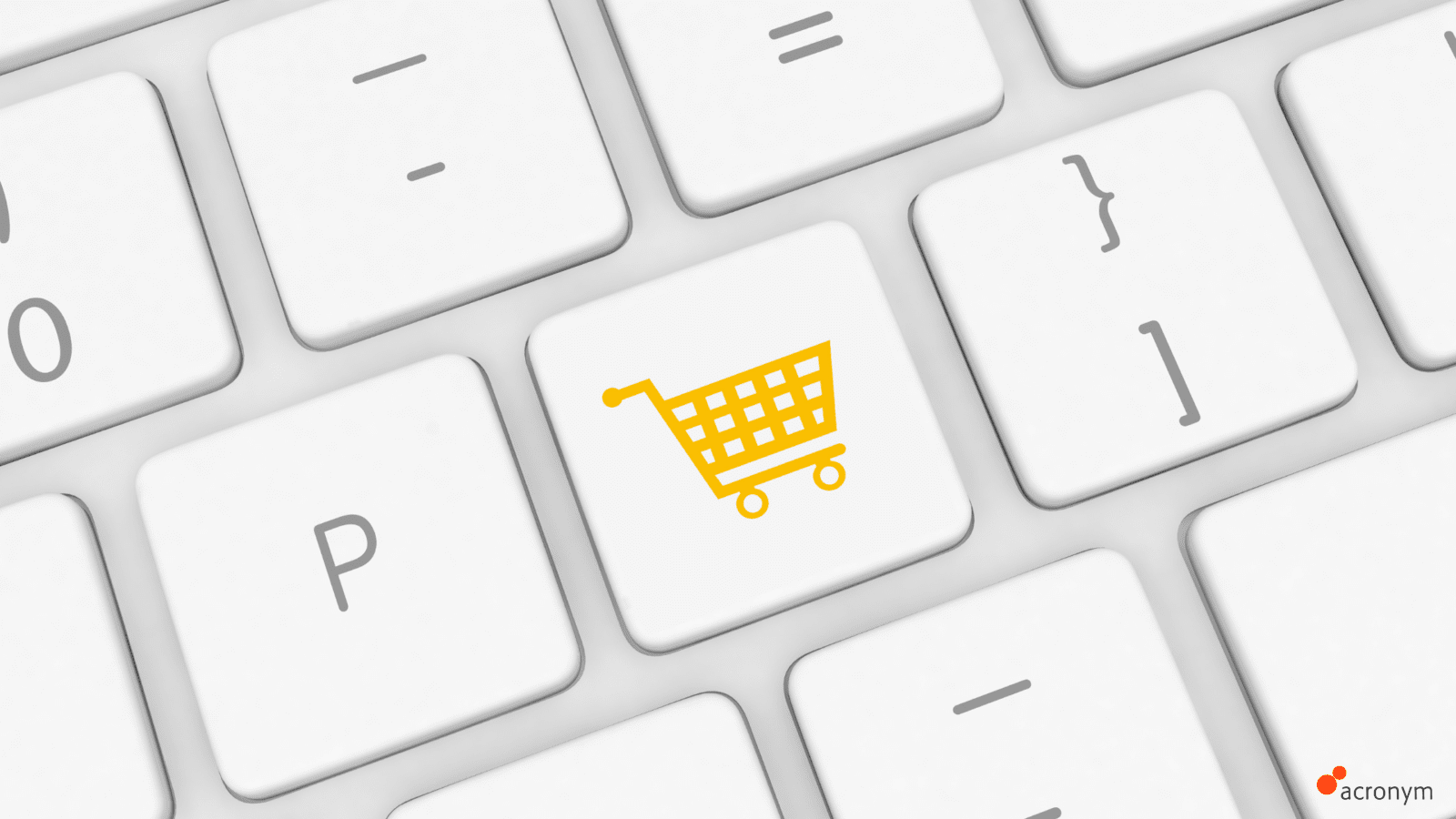 Facebook published a new report, using research derived from Hong Kong and Taiwan, that shows how digital media has reshaped the modern shopping process.
Facebook published a new report, using research derived from Hong Kong and Taiwan, that shows how digital media has reshaped the modern shopping process.
Among other trends, the report found that convenience continues to be the #1 purchase driver, underscoring the need for hyper-seamless checkout.
While the downside of online shopping is the lack of tangibility (which formats like live shopping and AR aim to address), the upside is the ability to compare prices and options, something that may be associated with declining brand loyalty.
The report explains that brand loyalty as we used to know it is under threat. According to Nielsen’s Global Consumer Loyalty study, only 8% of consumers consider themselves committed loyalist to their favorite brands. With the variety of choices presented in consumers’ lives today, coupled with rising spending powers relative to product costs, brand switching becomes effortless and less risky.
Why is this important?
While the report is based on data from the APAC region, the findings have worldwide implications. Boosted by the pandemic, more consumers than ever are shopping online, and “have high expectations [that they] are not willing to lower when online shopping.”
Acronym’s EVP, International GM, Farah Sadiq explains:
“According to an Epsilon study, 80% of consumers are more likely to make a purchase when brands offer personalized service. Personalization in a messenger environment isn’t new to Facebook (the Facebook messenger bot has been around since 2018).
The key to success is for brands to build out a conversational eCommerce strategy that places prospects in a low pressure environment where they are comfortable sharing their budget and preferences and receptive to product recommendations in a highly visual (image or video based), engaging and personalized manner. In other words, access to your very own personal shopper at your finger tips.”
What is the impact on brands?
Acronym’s VP of Asia Operations, Pearlyn Kua takes it a step further when it comes to the opportunities this report presents for brands.
“The disruption caused by the pandemic has evolved consumers’ buying behaviour due to shops being closed as the city goes into lockdown. Consumers’ usual go to products / brands may often become unavailable. This presents opportunity for businesses to capitalise as consumers establish new brand loyalties and patterns of purchasing behaviour.
In Asia, we have seen businesses revised their business models to remain agile through removing cumbersome processes & increased communication across teams. This allows them to continue business while remaining competitive and operational under stringent measures.”
Shopping of all types, not just physical products, is subject to rising consumer expectations. 
While companies that sell consumer goods need to use creative new tools to help online shoppers get a sense for how products look and feel, companies selling services also need to up their game in providing engaging shopping experiences.
A fuss-free checkout process is equally important for every brand selling online.
In fact, the average shopping cart abandonment rate is 70%. But, it doesn’t have to be that high if brands pay attention to the customer’s experience and initial intent. Acronym’s Director of Paid Social Media, Gellena Lukats explains:
“We have found our dynamic product ads on Facebook drive some of the most efficient ROAS and revenue. Tapping into the audience that shows intent helps scale our campaigns and drive performance.”
In fact, the study goes on to show that continued engagement with consumers keeps them loyal. Per the study, an overwhelming majority of Hong Kong and Taiwan shoppers want brands to stay in touch with them and have indicated an interest to receive brand communications from brands.
We recommend optimizing your brand’s online shopping experience, including experimenting with new creative formats, like live-stream shopping, brand stores, or shoppable posts.
If you’d like more information, including a deep-dive competitive and customer analysis of these purchase opportunities for your brand, contact us today.







